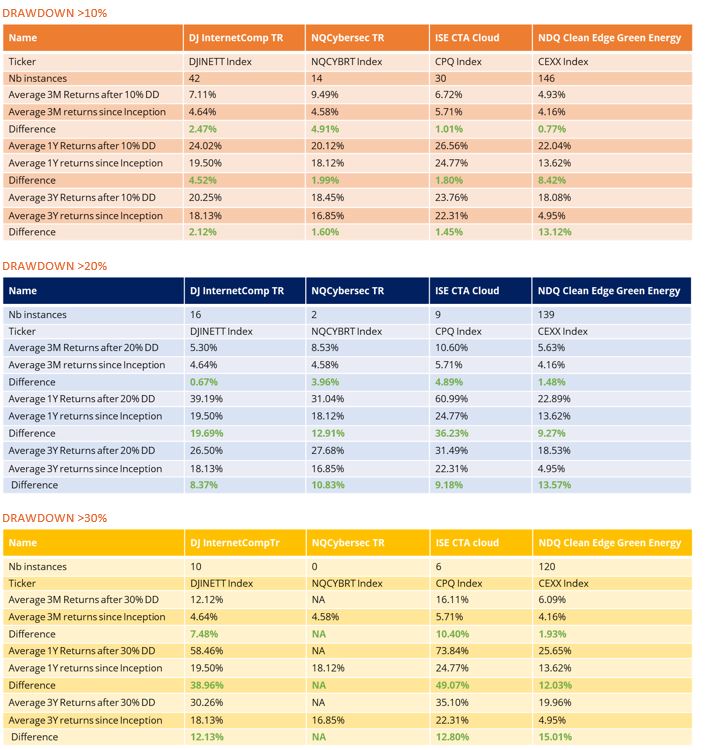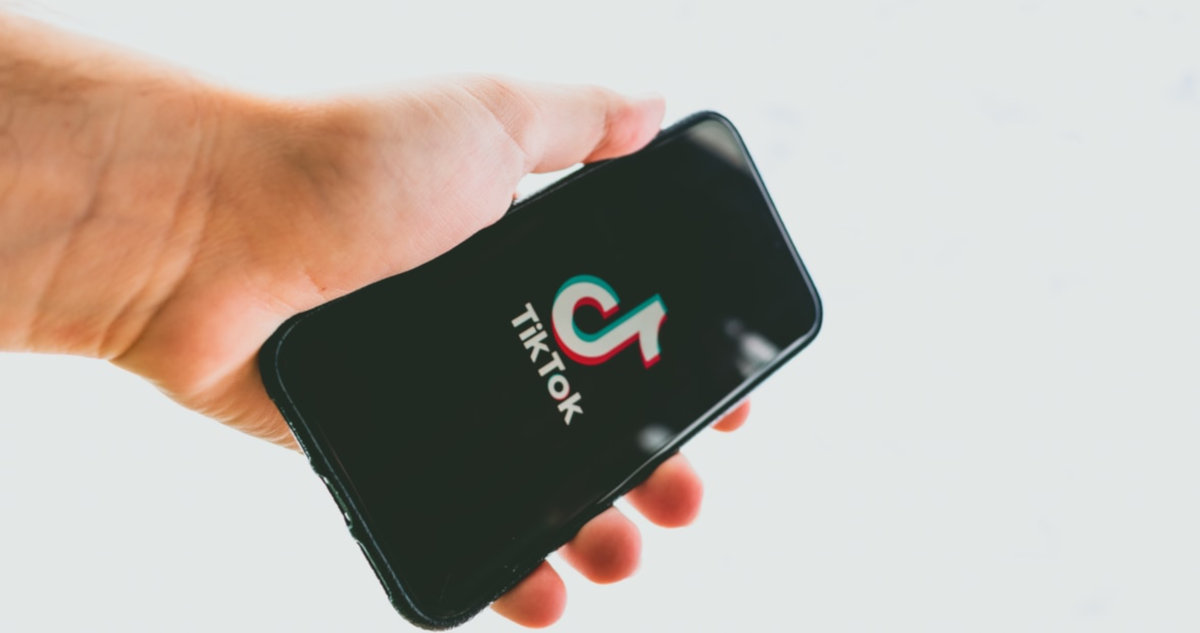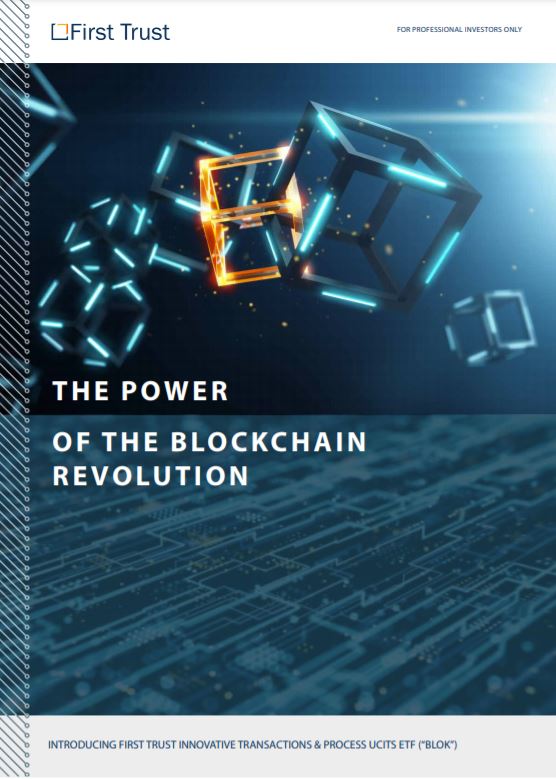How do businesses profit from Blockchain?
What makes Blockchain such a significant theme is the size of the opportunity. The markets it disrupts are vast and deep, yet rarely receive many headlines.
For example, transferring money across borders is still prohibitively expensive. Remittance flows to low- and middle-income countries reached $540 billion in 2020. For context, this is about the same as total foreign direct investment into these countries.
But the fees paid to transfer remittances are exorbitant: Imagine having to pay a 7% commission* to your bank with every pay check. Lowering this rate is the opportunity JP Morgan is eyeing as it launches its own Blockchain platform, Onyx.
It’s a classic example of the two ways to profit off Blockchain. With every solution implemented there’ll be Active Users (in this case, JP Morgan) and Active Enablers, which provide the know-how and the hardware.
We believe the way to profit from blockchain is to hold both Enablers and Users.
For example, while cross-border supply chain has come into focus during Covid, this 20 trillion-dollar industry is still held back by trust issues. Back in 2018, Maersk and IBM first launched the TradeLens supply chain platform which enables an electronic ledger that creates a transparent, secure transaction record. In this case, Maersk is the active user, and IBM the Active Enabler.
Blockchain is real
The way to tell just how big a business trust is, is to see what happens when it vanishes.
Back in 2015, restaurant chain Chipotle experienced a terrible E.Coli outbreak. What made it worse was that neither the restaurant nor the CDC could trace the source. As a result, Chipotle had to close large parts of its chain, and its shares fell by 44% in the three months following the outbreak.
Walmart isn’t prepared to take such risks. Partnering with IBM, it launched its own Blockchain solution to monitor its vast supply chain.
As a rule, Active Enablers profit from Blockchain on the top line, through increased sales revenue. In the above examples, we see IBM profiting from multiple companies looking to deploy Blockchain solutions. With Active Users, the gains show up on the bottom line. The nitty gritty of managing supply chains is not as sexy, perhaps, but it manifests in a superb competitive advantage.
I’ll leave you with this thought…
When people ask me “what can you do with Blockchain”, I’m tempted to reply: it’s like asking “what can you do with the Internet?”
The Internet has allowed us to exchange information in a flash. According the Harvard Business Review;
“The Internet protocol unlocked new economic value by dramatically lowering the cost of connections. Similarly, blockchain could dramatically reduce the cost of transactions. It has the potential to become the system of record for all transactions.”
But the needle on trust has barely moved. Blockchain is now changing that. We believe it’s one of the biggest opportunities out there.
Accessing this Blockchain phenomenon
Effectively identifying and capturing those companies already utilising blockchain technology can be fraught with difficulties and pitfalls. Blockchain, while a cutting edge “technology,” is not confined to “technology” stocks, far from it. Often investors are guilty of miss-reading the label, with many “blockchain funds” instead offering investors exposure to cyrpto and the like.
The First Trust Indxx Innovative Transaction & Process UCITS ETF (“BLOK”) is a truly unique fund, with a global exposure, diversified across the US, Japan, Europe and Emerging Markets, allocating to 100 large-cap stocks. BLOK strikes a balance across Financials, Technology, Semiconductors; as well as growth and value factors while identifying those companies which are “active enablers” and those that are “active users”. By selecting only those companies that have devoted material resources to the use or development of Blockchain technology, and with an active equal-weighting methodology, we believe that investors can efficiently capture this transformative technology in a daily-traded liquid UCITS fund.
References
* https://www.un.org/development/desa/en/news/population/remittances-matter.html
This article was prepared by FTGP and reflects the current opinions of the authors. It is based upon sources and data believed to be accurate and reliable. Opinions and forward looking statements expressed are subject to change without notice. This information does not constitute a solicitation or an offer to buy or sell any security or strategy. Investors should review the fund documentation, including the risk associated with an investment, before making any investment decision.






Share